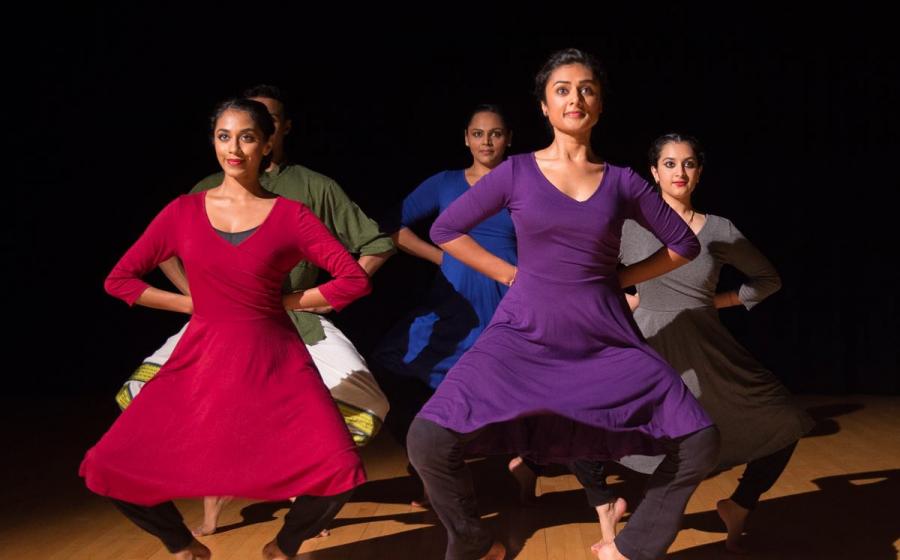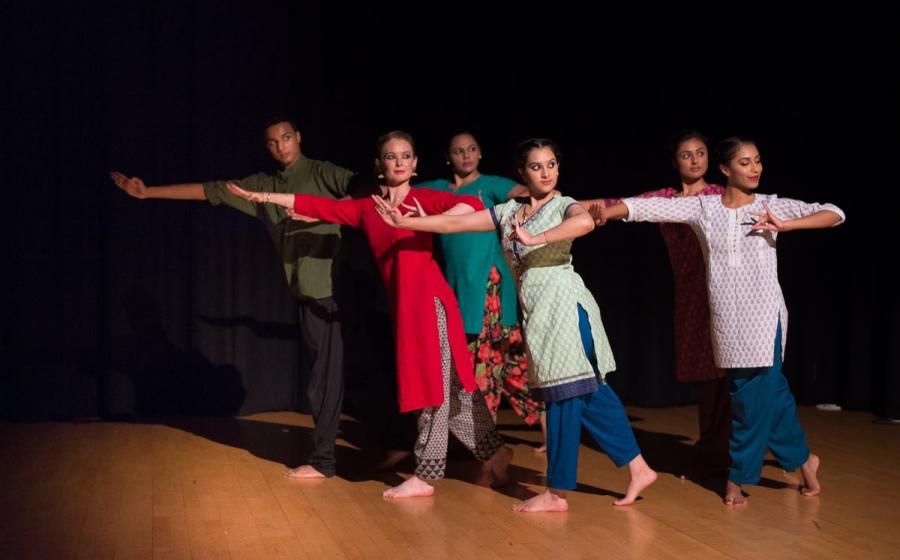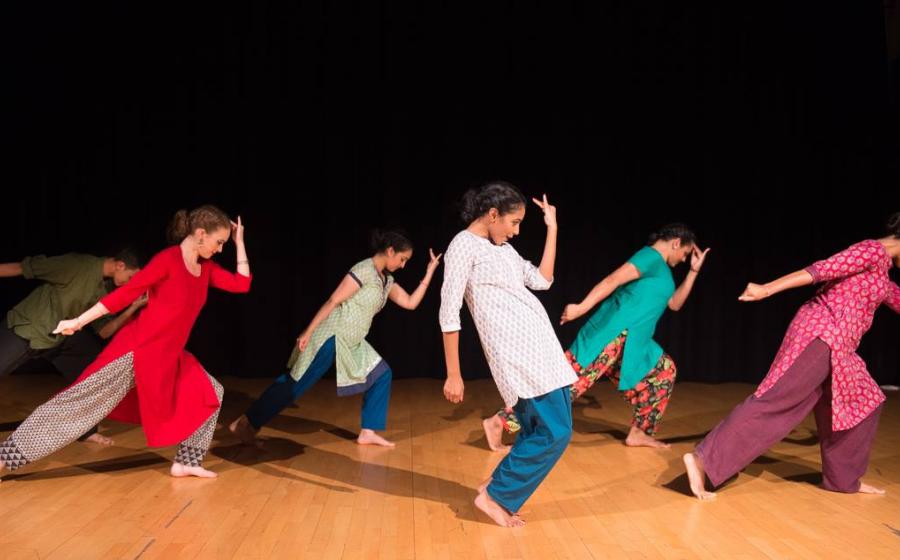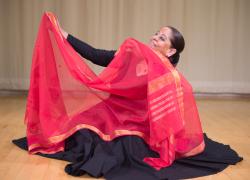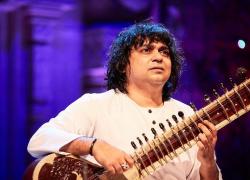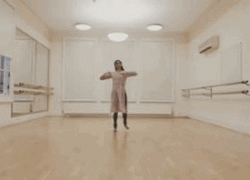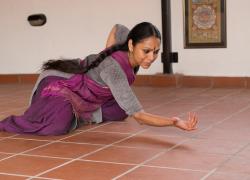The Natya Project
The Natya Project Showcase
Foyle Studio, MAC Birmingham
16 October 2018
Reviewed by Sanjeevini Dutta
Six young dancers claimed the space at the Foyle Studios in MAC Birmingham, unleashing a torrent of energy that engulfed the audience gathered to see the outcome of the Natya Project. This initiative aimed to give young bharatanatyam dancers the experience of being professionals with a day job in the studio for two and half precious weeks. The players behind the project: Magdalen Gorringe as overall co-ordinator; choreographers: Shane Shambhu and Seeta Patel; funders: Dance Hub Birmingham, in partnership with MAC Birmingham, Sampad and DanceXchange.
The six dancers each performed a solo divided into two halves sandwiching the two Ensemble pieces that we were there to see primarily, as these were new creations by the ‘mid-career’ artists Shane Shambhu and Seeta Patel. The choreographers had a week each with the dancers. They produced work in their signature styles: Shane Shambhu known for his humour, cheek and theatricality, and Seeta Patel for more technically based work exploring the edges of bharatanatyam. In my voice, Shane used the voices and back stories to individualise the dancers and create the content. It is a familiar device but was nevertheless effective in creating a new style varnam in which jattis are interspersed with the voice overs of the dancers, ‘My name is Annie, no not the Annie of the musical’. The dancers responded to the challenge with gusto and their enjoyment in delivery was infectious. The music conveyed the Scottish Highlands, discos and temples taking the audience on different journeys. The total theatre experience where movement works with music, text, gesture and expression offered a rich and multi-layered experience. The movement quality with stretched lines, deep plies and etched shapes was testimony to the standards achieved by the young dancers: Sundaresan Ramesh, Daniella Zak Verghese, Swati Seshadri, Shivaangee Agarwal, Kirsten Newell and Annie Simon.
Seeta Patel’s Occupying the Fifth, which the writer interprets as, ‘As a Bharatanatyam dancer I have an equal right to own Beethoven’s Fifth Symphony’ was a joyful interpretation of seven minutes of the rousing harmonies and rhythms of the famous symphony. It was a visual interpretation of the musical structures: the glissandos are marked by the foot tracing a languorous line, the up tempo covering space in horizontal lines across the stage punctuated on the beat by foot stamps while in the slower section the choreographer squeezes in quarter beats between the gaps in the music. The gathering, disbanding, reaching, leaping and points of stillness made the piece highly watchable.
An audience member commented recently on another piece (also created in the UK by a young dancer/choreographer) that what they liked was the fact it was not ‘boring’. One can say much the same about the Natya platform where the audience felt engaged. The choreographic ideas deployed were effective and the dancers gave themselves totally to the performance. Along with good technique they added an effervescent energy and commitment to their dance, no doubt with excellent coaching as well. They made bharatanatyam look both relevant and contemporary within the UK dance scene.
Clearly it is the investment that is needed to put together a bharatanatyam company of young professionals (an avenue for the Yuva Gati graduates) that would create a level playing field with other dance genres, to develop a ‘made in the UK’ style bharatanatyam. Only then could we address the value and contribution that classical Indian dance could make in its UK home.

